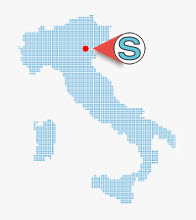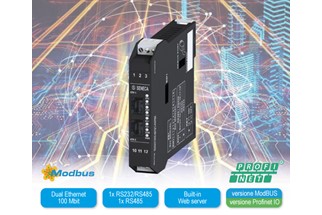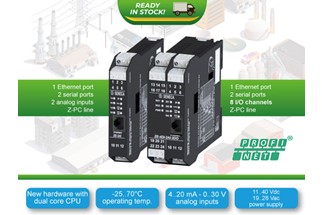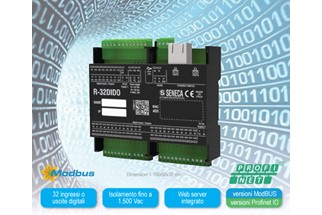ModBUS / Ethernet Gateways
R-KEY-LT, Z-KEY, and Z-KEY-2ETH extend networks, allowing process data to pass between different IT and industrial communication architecture layers. They function as intermediaries between the Modbus RTU and Modbus TCP/IP communication protocols, facilitating seamless data exchange. These gateways play a critical role by enabling the smooth data transition between Modbus RTU devices and TCP/IP networks. Their significance lies in their capacity to:
- Extend Legacy System Integration: These gateways expand the compatibility of existing equipment with modern TCP/IP networks, alleviating the need for costly equipment replacements.
- Support Network Scalability: Modbus TCP/IP networks are inherently scalable. Gateways allow for integrating additional devices without the need for extensive network restructuring.
- Enable Remote Access: By leveraging TCP/IP networks, these gateways grant real-time access to Modbus RTU devices, thereby enhancing system management and troubleshooting capabilities.
- Facilitate Data Logging and Analysis: They enable the collection of data for analysis and reporting by connecting Modbus RTU devices to TCP/IP networks, contributing to informed decision-making.
- Enhance Security: Given that Modbus TCP/IP networks often feature robust security measures, these gateways assist in safeguarding devices by isolating them from the broader Internet.
- Promote Interoperability: Gateways foster interoperability among different Modbus variants, ensuring seamless communication among devices from various manufacturers.
- Offer a Cost-Effective Solution: Industries can opt for Modbus gateways as a cost-effective alternative to system-wide replacements when modernizing their setups.
Modbus RTU to Modbus TCP/IP gateways occupy a pivotal role in bridging the gap between Modbus communication protocols in industrial settings. Their ability to facilitate communication, extend equipment compatibility, and enhance network capabilities makes them indispensable components within the ever-evolving landscape of industrial automation and data exchange.
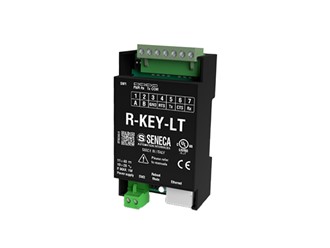
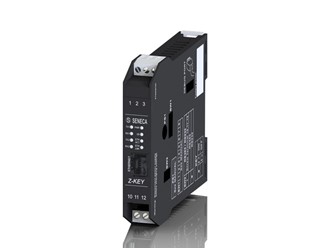
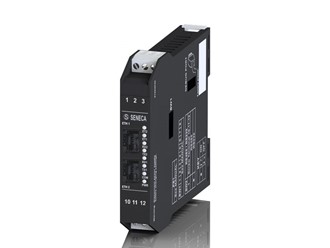


 EN
EN
